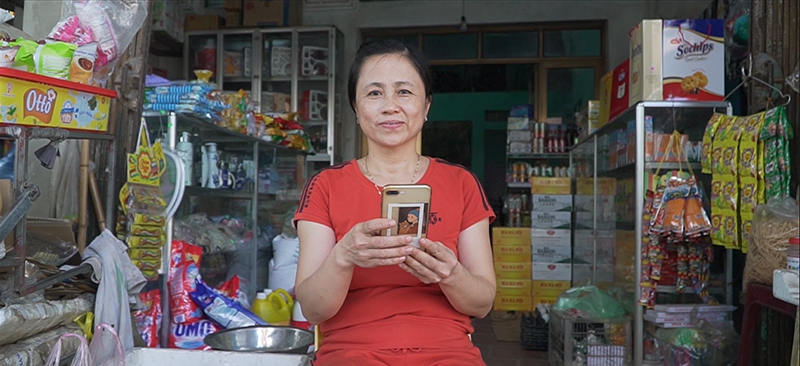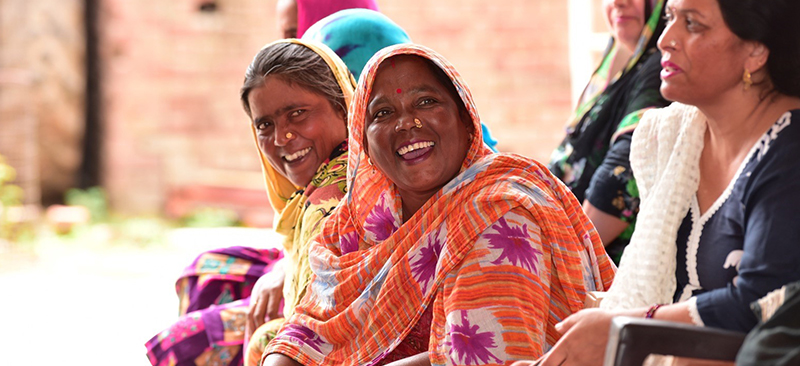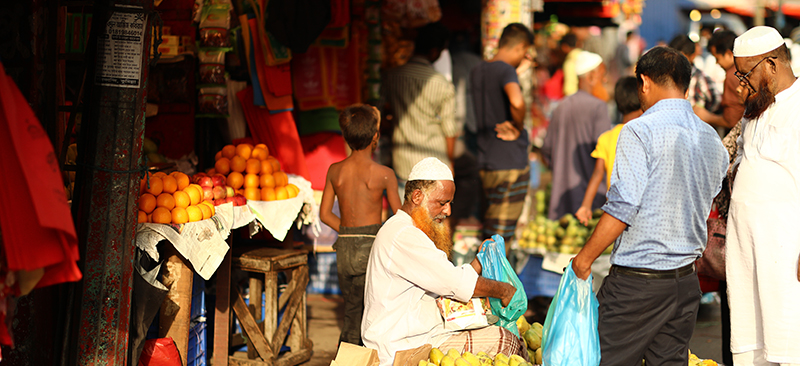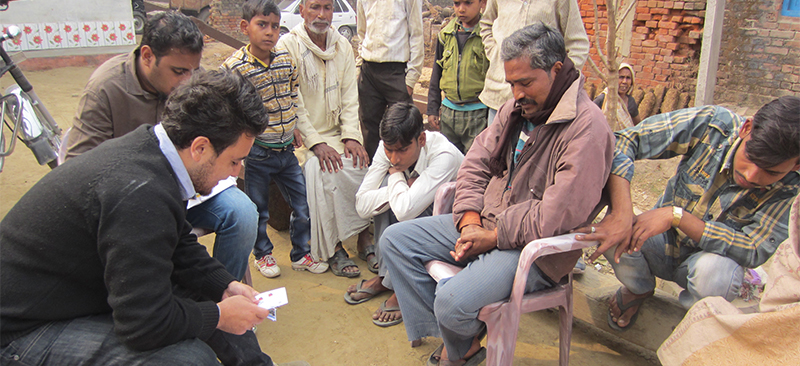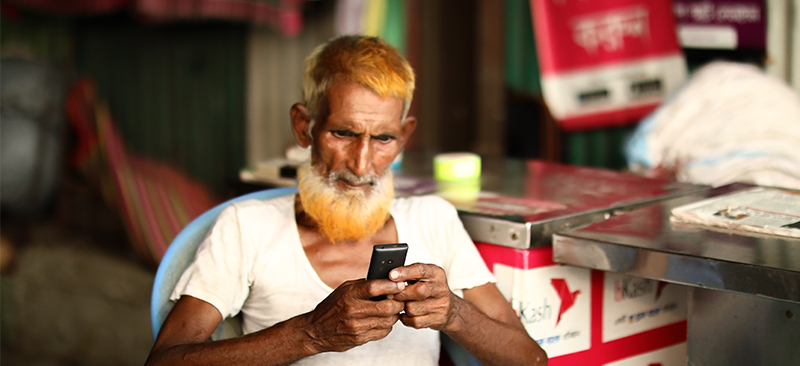By 2020, the number of mobile phone connections in Vietnam is projected to reach 145.8 million, which presents a favorable platform to promote mobile payments, DFS, and e-commerce. With support from the MetLife Foundation, MSC has been implementing the “Innovate, Implement, Impact” or i3 Program. Through the expansion of mobile financial services, the program seeks to improve the livelihoods of the poor by providing access to affordable and convenient financial services.
Watch the video to follow the i3 Program in Vietnam.
